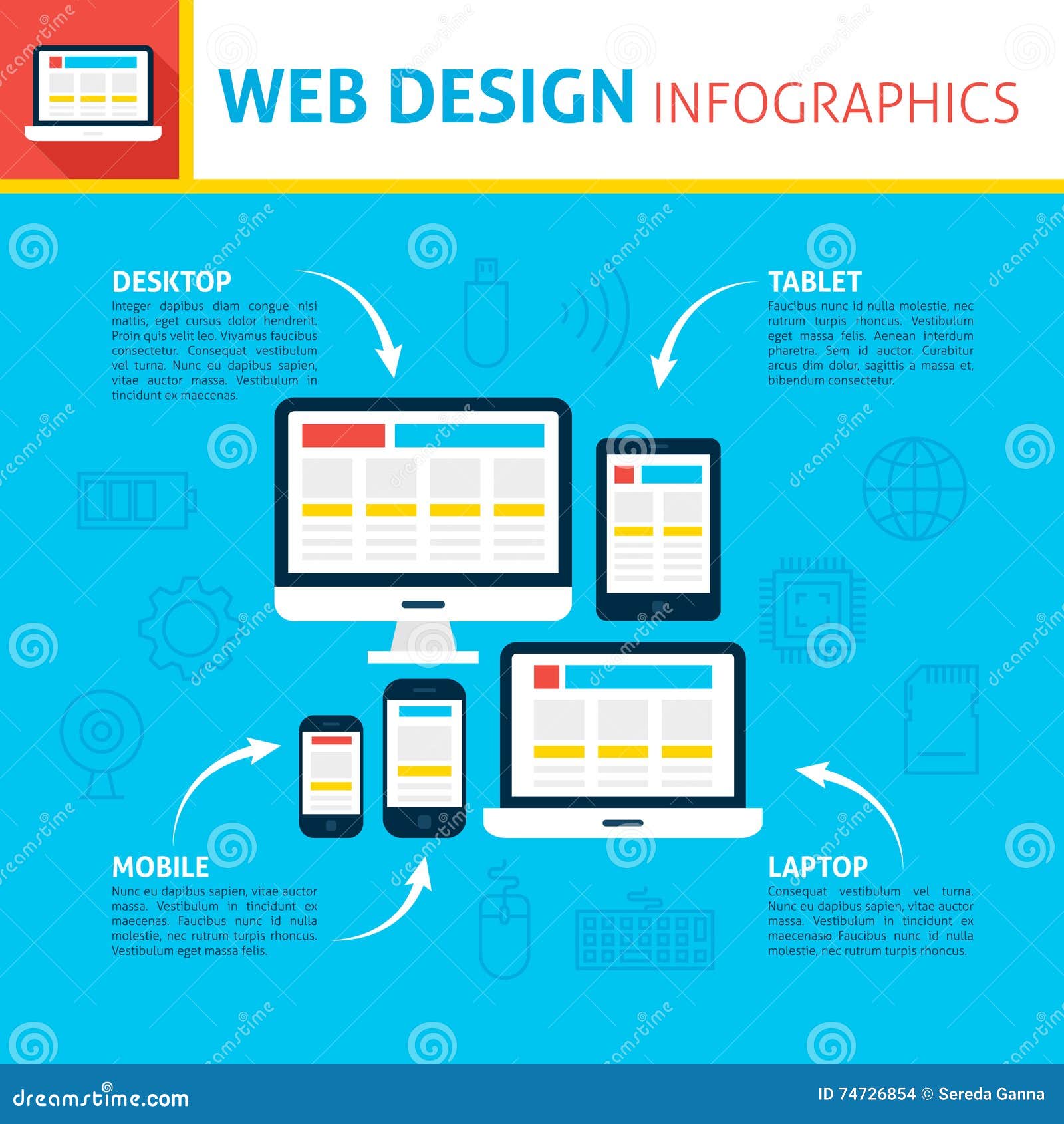The Advancement Of Site Design: From Earlier Times To Now
The Advancement Of Site Design: From Earlier Times To Now
Blog Article
Personnel Author-Kinney Hyldgaard
In the past, internet sites were simple and focused on info. Navigation was straight, and design was for desktops. Currently, individual experience is crucial. Data overviews styles for simple navigating. Responsive designs match different tools. Today, dark mode lowers pressure, and minimal food selections improve navigation. Interactive attributes engage individuals, and bold visuals stick out. AI combination enhances involvement. See how layout has actually developed to enhance your on the internet journey.
Very Early Days of Website Design
In the early days of website design, simpleness reigned supreme. Sites were standard, with limited shades, fonts, and formats. The focus was on offering details instead of flashy visuals. Customers accessed the web with sluggish dial-up links, so rate and functionality were key.
Navigating food selections were straightforward, commonly located on top or side of the web page. Web sites were developed for home computer, as mobile browsing had not been yet widespread. Material was king, and developers prioritized easy readability over complex design aspects.
click the up coming web site was the main coding language made use of, and developers had to work within its constraints. Animations and interactive functions were marginal compared to today's criteria. Websites were static, with little dynamic material or personalized individual experiences.
Surge of User-Focused Design
With the development of website style, a shift towards user-focused style concepts has actually come to be significantly noticeable. Today, producing websites that prioritize individual experience is vital for involving visitors and achieving service objectives. User-focused design includes comprehending the needs, preferences, and actions of your target market to tailor the web site's design, web content, and features accordingly.
Developers now carry out detailed research study, such as user studies and use testing, to collect insights and responses straight from customers. This data-driven strategy helps in creating intuitive navigating, clear calls-to-action, and aesthetically enticing user interfaces that reverberate with visitors. By positioning the individual at the center of the layout procedure, sites can provide an extra customized and delightful experience.
Receptive style has actually additionally emerged as a key element of user-focused layout, making certain that websites are enhanced for numerous gadgets and screen dimensions. This adaptability improves access and usability, satisfying the varied ways users engage with web sites today. In essence, the surge of user-focused design indicates a change in the direction of creating digital experiences that prioritize the requirements and assumptions of the end customer.
Modern Trends in Web Design
Check out the most recent patterns shaping web design today. One popular trend is dark mode layout, using a streamlined and modern-day look while lowering eye stress in low-light atmospheres. One more essential trend is minimalist navigation, streamlining menus and enhancing individual experience by concentrating on essential elements. Integrating micro-interactions, such as computer animated buttons or scrolling effects, can create an extra appealing and interactive internet site. click here now stays essential, guaranteeing smooth user experiences throughout various tools. Additionally, using bold typography and unbalanced layouts can add aesthetic passion and accentuate certain material.
Integrating AI innovation, like chatbots for consumer assistance or individualized referrals, boosts individual interaction and improves procedures. Availability has likewise become a substantial pattern, with designers prioritizing inclusive style practices to satisfy diverse individual requirements. Embracing sustainability by optimizing internet site performance for rate and performance is one more emerging pattern in web design. Collaborating with user feedback and information analytics to iterate and improve layout continuously is crucial for remaining pertinent in the ever-evolving electronic landscape. By embracing these contemporary fads, you can produce a visually attractive, straightforward site that reverberates with your audience.
Conclusion
As you assess the evolution of internet site design from the very early days to currently, you can see exactly how user-focused style has actually come to be the driving force behind modern-day fads.
Embrace the journey of modification and adjustment in website design, always maintaining the user experience at the center.
Remain present with the current trends and innovations, and never quit progressing your strategy to develop visually sensational and easy to use internet sites.
Evolve, adapt, and develop - the future of website design remains in your hands.
